
- Products
- Solutions
- Learn
- Partner
- Try Now
The food industry is a complex system of activities that has changed vastly over the decades to accommodate customers’ changing needs. This industry is characterized by intricate supply, consumption, and delivery of food products that occur all over the globe.
We live in an era where technology rules! In the past decade, technology has become the most important part of our lives. Digital savvy consumers are partial to convenience with innovation and technology makes our lives easier. Booking tickets used to be a huge hassle without computers and the internet, but now it’s faster than ever. It’s as easy as clicking a button!
Let’s take a tour of the world’s food business evolution and see what it has to offer us.
The changing market of food delivery business: Past, Present, Future
History of food business
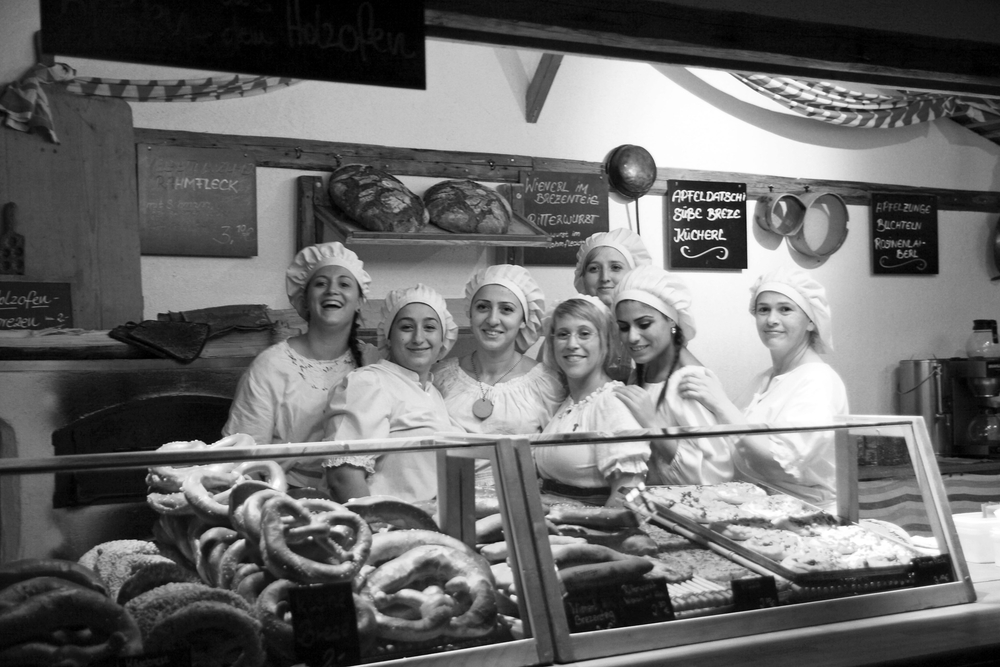
Food is the most important thing that humans need to continue living. When food is scarce, people come together and build businesses to help each other out and this is how the food business started early.
Later, economic growth began in the early 1950s, causing people to significantly alter their conventional lifestyles, resulting in increased food availability.
The food business was started to fulfill the requirement as a store but soon, it started getting changed to restaurants and cafes where people can not just come to fulfill their needs to get some relaxed environment but also to taste some delicious food that they can’t cook at home.
This results in thousands of new food business opportunities like Dominos pizza, KFC, Mc Donalds, Subway, etc. the quality or tastes these brands offer is unmatched and this makes people buy food not only if they are feeling hungry but also when they want to feel a different taste.
Evolution of food business
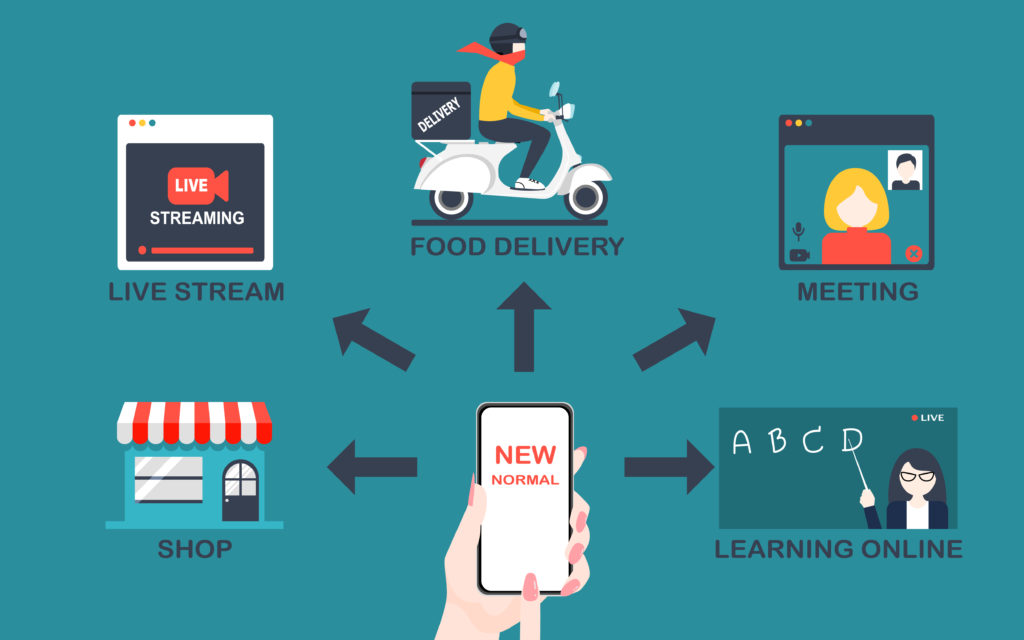
We are seeing rapid growth in the digitalization no. of smartphone users are increasing every day and the reason behind it is that the internet had changed our way of living, internet in our smartphone is proving us the flexibility to access the whole world on the go it has to ease our life with the help of mobile apps.
The number of smartphones in the U.S. is projected to reach 298 million by this year(2021) and it will touch 311.53 million by the year 2025, whereas the total population of the USA will be 331.42 in 2021 and will go to 337.15 by 2025 as per a report by Statista.
As per the above report, it shows that’s about 90% is a smartphone user and with more than half of those users accessing the internet daily, businesses can’t afford to ignore this demographic — especially when they’re targeting consumers on the move. These days we all carry phones with internet access in our pockets and purses.
Millions of food businesses were running smoothly until the covid-19 which restricted physical contact and gathering. (Read: Best Practices for Businesses to Survive During and Post-COVID-19)
The businesses which were accessible on a smartphone in the form of apps survived well. Orders and delivery, both were managed easily through their apps. The deliveries were also done keeping the social distancing protocols in mind. But the businesses that did not have any online presence faced losses. And that’s where the evolution of the online food business took place.
In years to come, 2020 will be remembered as the year that transformed everything.
What is the future of the food business
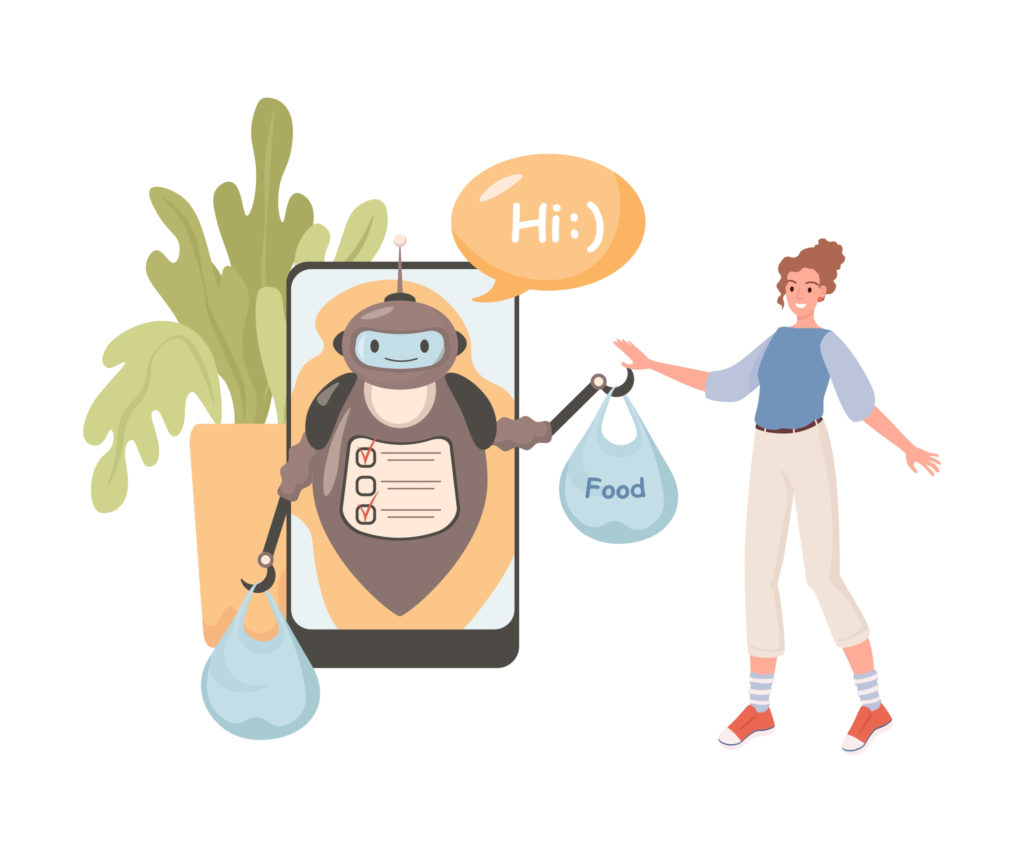
A surge in smartphone users has boosted the popularity of online food delivery services all around the world.
Online shopping became the new normal, businesses and consumers increasingly relied on digital products and services to stock up and stay in touch with each other. Online retail sales are forecast to reach $55 billion, up 45 percent from the previous year, accounting for more than double the sales volume of offline commerce.
In 2020, despite a pandemic year, e-commerce attracted 20 million new customers. According to RedSeer, this number is likely to double in 2021, as 40 million new customers actively buy on e-commerce platforms, bringing the total user base to 190 million by the end of 2021.
Looking at the food industry only, The global online food delivery services industry is predicted to increase at a compound annual growth rate (CAGR) of 10.3 percent from $115.07 billion in 2020 to $126.91 billion in 2021. The market is estimated to reach $192.16 billion in 2025, growing at a CAGR of 11%.
The food industry is seeing massive growth, and that trend will continue with or without you.
Is it the right time to start a food business?
Businesses profit from going online, and customers appreciate doorstep delivery, as we saw this with the rise of the internet business revolution during the covid pandemic.
There is no such thing as a good or bad moment to start a business in this world. You may easily go ahead and establish any business if you have the appropriate information, funding, and planning. If you’re considering taking advantage of a unique opportunity to start a new business and profit from it, there’s a good chance that more than a hundred other people in your community are considering the same thing.
So as per my suggestion, today is the best time to get started. In case you haven’t prepared your plan here is how you can get started.
How to Start an Online Food Business (9 Easy Steps)
- Research
- Determine your unique selling proposition
- Finding target audience
- Obtain the required license
- Storage/warehouse
- Build your online platform
- Figure out logistics
- Build social media presence
- Marketing and promotion

Step-by-Step Guide to Start a Food Delivery Business
1. Research
Research is something you should never overlook before you start a food business. In the food, beverages, or restaurant industry, many competitors are vying for customers’ attention. For restaurants to be successful, one needs to understand what their patrons’ like and dislike. By creating a well-researched roadmap, business owners will gain invaluable insights into customers’ preferences — which will help them design a menu, keeping customer satisfaction in mind.
Always do your own research on what you are going to start.
2. Determine your unique selling proposition.
It’s critical to identify a specialty for your food delivery service before you get started.
Because there will always be fierce rivalry in the food industry, you must make your firm stand out.
You must concentrate on specific types of meals for this. Find the best suitable niche for which you believe you can supply greater quality than others, rather than focusing on too wide things. If you specialize in Indian, for example, you should make it your strong point and provide your audience the most variety. Similarly, you may do the same with Chinese, Italian, and other cuisines.
After the pandemic, safety and cleanliness are top priorities, thus hygiene and cleanses should continuously be promoted.
When your meal is delivered in the future, it will be known for its freshness and excellence, and likewise
3. Finding Target Audience
Next, you must define the area in which you want to start your food business, and then deliver from the standpoint of your business expansion.
This offers two benefits. First, because your target audience is small, you can focus entirely on making high-quality items and improvising your menu. Second, you can maintain a steady growth rate.
If you want to deliver far away, you may run into issues with freshness, food quality, and late deliveries, among other things. As a result, a hyperlocal delivery approach is highly helpful for delivering perishable things such as cooked and delivered hot food products. You can target certain categories of your audience, such as bachelors in paying guest rooms, newlywed couples, cooperative employees, senior residents, and the time of day they prefer to eat outside, among other things.
Once you are all set and start getting profits, you can always expand your business to a wider audience.
4. Obtain the Required License
Here is the list of required licenses you may need before you start your food business.
- Food license: To sell food, you will need a food license from FSSAI. (FSSAI stands for the Food Safety and Standards Authority of India)
- Trade License/ Eating House License:Every outlet must have a valid trade license from the concerned municipality.
- Liquor License: If you want to sell alcohol, you will need a liquor license.
- Fire Department NOC If you want to run a restaurant, bakery, or cafe, you’ll need to get a No Objection Certificate from the Chief Fire Officer before you start.
Shops and Establishment Registration: If you’re planning to have more than ten employees, register your shop with the State Labour Department. - Pollution clearance: In order to run a food business, you’ll need to get a Pollution License/Certificate or consent from the Environmental Agency.
- Tax registrations: Tax registration is an important part of every business, but you will need three different kinds: income tax, GST (Goods and Service Tax), and professional tax.
- Infrastructure Licenses: If you are planning to own a big restaurant, you will need one or more infrastructure licenses: Pollution clearance if your food business includes diesel, kerosene, or other hazardous materials. You can visit the PESO website to know how to obtain an Infrastructure license.
5. Storage/warehouse
A place for food/grocery storage is a must. Considering the food business, certain machines and cool storage fridges are absolutely important in order to keep your food fresh and healthy. If you fail to keep your inventory organized, it could either lead to a loss- where your food is stale and can’t be served anymore, or it’ll directly affect your customer retention. Hence, organizing a good warehouse for your refrigerators and other groceries is very important.
6. Build your Online Platform
The popularity of online food ordering apps is growing at an exponential rate, and those who don’t take advantage of this booming trend risk falling behind. Most restaurants are turning towards app-based solutions to facilitate the process of ordering and delivering a meal online. The mobile-first strategy keeps customers engaged, organizes delivery and service agreements, improves reach and customer retention, and enables businesses to analyze on-demand data to improve their services.
Building an online presence has been a game-changer for businesses serving the food industry. With the Internet making it easy to reach out to a global audience and engage with customers, entrepreneurs have been able to grow their businesses much faster than ever before. A mobile-friendly online presence not only allows you to engage with customers but also helps you build brand identity and increase revenues.
You might also want to read: How to Start an Online Business from Scratch
7. Find the Right Employee/Staff
If you want to develop your food business, you won’t need to focus on cooking the quality of your food; instead, you’ll need to hire people who can handle delivery operations and help the cooked food reach the customer’s plate.
In addition to maintaining the quality of your food, it is just as important to maintain the quality of your delivery process. Finding trustworthy people who can help you reach your goals is vital to a business’s success.
8. Social Media Presence
The digital landscape is expanding rapidly, and it is nearly impossible to keep up with the pace of change in social media. While it might be tempting to only invest time in social media — after all, it’s easy to set up Facebook, Instagram, and Other pages for your business.
9. Marketing and Promotion
Marketing and advertising operate like a magnet, attracting customers to your business. People used to market using pamphlets and posters, which was an old and ineffective marketing approach. However, now that everyone has a smartphone, you can simply promote your company using digital marketing through a variety of search ads or social media ads.
Social media is the place to be for businesses because it’s a one-stop-shop for building a business. Not only can you reach out to your existing customers, but social media platforms also let you speak with potential customers and reach out to influencers who could help spread your brand. Paid ads on Facebook, Instagram, and Google can help grow your business as well by showing off your products to a wider audience and reaching people who might not otherwise have known about you.
Restaurant Profit Margins: What You Need to Know About Making Money in the Restaurant Industry
When you’re running a restaurant, there are a lot of factors that go into determining your overall profit, such as revenue, cost, and overhead. However, when it comes down to it, the foundation of your restaurant’s success lies in one simple equation: Restaurant Profit = Gross Revenue – Total Cost. Understanding this important relationship will help you be better equipped to make decisions that grow your business.
However, I’m going to share with you tips for your food business plan that can provide you with the largest profit margin see how.
i) Bricks & Mortar Food Store
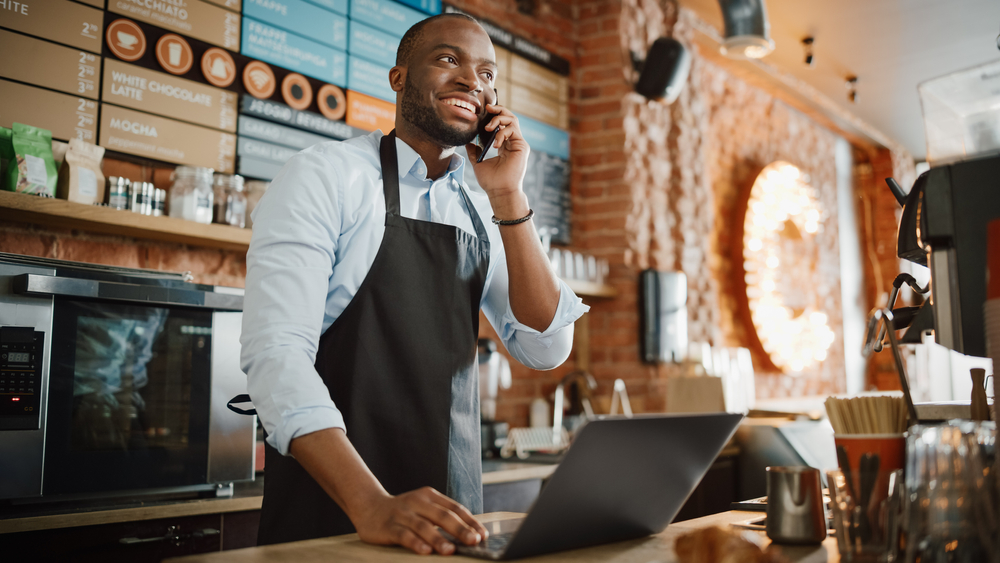
If you own a real restaurant, food store, or café, you won’t make much money because this is a business model that requires a lot of expenses, such as food costs, rent, utility bills, marketing costs, accounting, and other miscellaneous charges. Expenses, employee salaries, and income tax Apart from that, you must keep your furniture interior fresh and clean to draw customers’ attention.
To cut costs, several restaurant owners have partnered with aggregators such as Zomato and Uber-eats, which assist them with extra sales but charge roughly 20% to 30%, which I believe is not worth it.
ii) Food truck
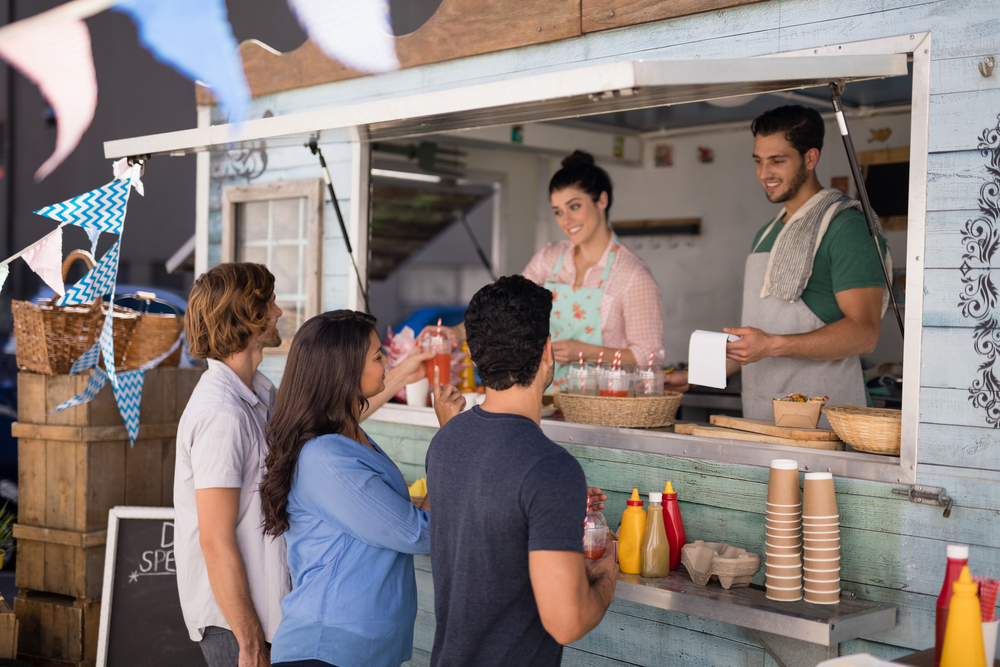
Food trucks typically have similar food expenses as a brick-and-mortar restaurant, but they have cheaper overhead expenditures such as rent, insurance, employees, and utilities. While severe weather can reduce sales on a given day, event rental costs can make up for it. Food trucks, like quick food and QSRs, have profit margins of 6-9 percent on average.
iii) Food Catering Services

Catering When compared to a fast-food restaurant, catering enterprises benefit from reduced overhead costs but similar food costs. While a high-end catering firm can make 15 percent or more profit, the typical profit margin for a food truck is about 7-8 percent. But onboarding customers is not easy again. You’ll need to pay a commission to agents or restaurants to get new customers. Tips to Grow your Food Business: Upgrade your technology by automating your operations. Also, Do you want to stay ahead of the game? Then make sure to have a reliable and high-functioning online store. With a D2C platform like the Licious business model, you’ll be able to start an effective loyalty program, which can grow your brand and increase sales.
What should be our expansion strategy for a food business
“What if Your Food is Hot, But your Food Business is NOT”
You get it right, no matter how much good food you make or you serve. it will not help you grow faster until you improve your business with modern tech.
While online restaurant delivery has become an essential part of modern food culture, there are still a few things that are crucial to its continued success. Restaurant owners using online food delivery services should ensure that their online presence is excellent — easy to find and use, reliable, and with a wide array of delivery options.
As we have seen with the rise of the online business revolution during the covid pandemic, businesses are profiting by going online, people are enjoying doorstep delivery according to the shared report.
It’s never been easier to start your own food business. When you combine automated services with a system of delivery, businesses don’t need to rely on human servers or delivery people. This can cut costs and create an efficient middle-man solution for handling deliveries.

Conclusion
As food delivery services become more popular, restaurants must find ways to improve their online presence. The food delivery app is a tech-savvy way for restaurant owners and chefs to get their names out there — and with a variety of features, it has the power to boost customer loyalty, increase foot traffic, and drive sales. To learn how this technology can help your restaurant stay competitive in today’s economy, contact Yelo -Jungleworks today.
Want to start your own online food delivery business? find out the cost of your business software, request a free consultation with our team. After an initial meeting to discuss your business goals and needs, we’ll work with you to assess the feasibility of various software solutions — crafting custom proposals for you within a day.
Subscribe to stay ahead with the latest updates and entrepreneurial insights!

Subscribe to our newsletter
Get access to the latest industry & product insights.





















